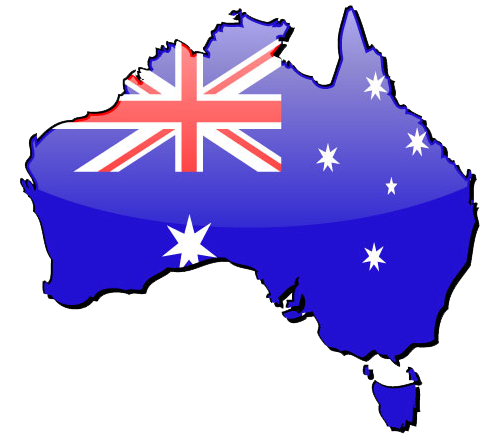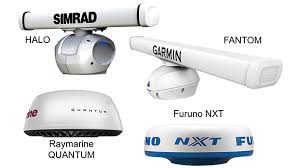What is the Best Marine Radar 2018
Posted by Shotgun Shelly on 23rd May 2018
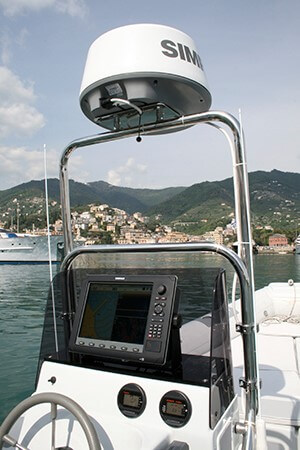
Best Marine Radar on the market? thats a hard one! Shotgun Marine will give quick overview and review the new and best Radar technology in 2018 accross the board.
This radar tecnhology that we consider new is actually well over 10 years old and changing vessel radar systems as we all know. So unlike than anything that’s been seen before, this new radar technology has be tried and tested in the aviation industry for many years. Its now in the game for the boating world.
Built with sleek lines and advanced engineering technology if offers huge new benefits for the captain even though they may appear similar to what we have seen before.
The beneficial technology is called solid state radar, broadband radar, Frequency Modulated Continuous Wave (FMCW), pulse compression radar and CHIRP. Of course, they vary slightly but these variations are only fascinating to the marine techs. And yes…. It is very comparable to CHIRP sonar. Details on CHIRP technology, go to Expert tech advice BLOG page What’s CHIRP Sonar?. For this exercise I will refer to this new technology radar units with “solid state radar”.
Solid state radar advantages
Check out the huge advantages solid state radar offers all boaties;
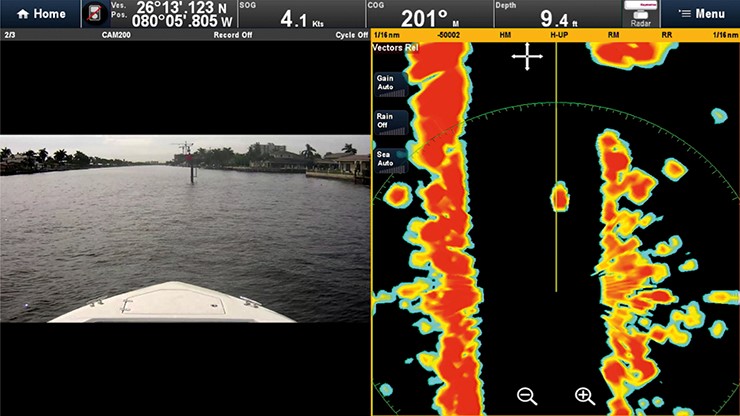
Broadband with Low Power Levels
So rather than transmitting a single output pulse, solid state radar transmits a constant wave of rising frequency called (FMCW). This has been used for many years in combat radar systems being now introduced for the commercial market being a little like the CHIRP sonar technology. Broadband radar directs an uninterrupted transmit wave with increasing frequency the wave can recall its frequency as it moves out returning back from any targets and objects. It transmits far longer than a traditional pulse radar in about 10 times faster – the obvious reason the solid state, broadband radar transmits more energy on a target and accomplishes a sharper return back.
Solid state radars also transmit at a very low power level, a few watts or less whereas the traditional radar transmit in the KILOWATTS. Even so, they excerpt more power to the targets and generate sharper returns amazing new possibilities this advancement, after losing the magnetron, this is a key feature that distinguishes these new radars.
Replacing the Magnetron with a solid-state, broadband transmitter omits a stable and superclean,signal. It’s matched to a receiver honing into a far superior band of frequencies. So in essence it will take away the noise in the background noise that could cover the weak echoes from target.
What are the best solid-state radar to choose? Cheap and effective? Is there such a thing?
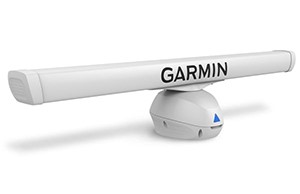
It you’re in the market for a new solid state radar system, what are the options available in 2018? How do you make the decision on which one will suit your needs? The answer is simple, what electronics are you currently using? Its best to usually go with your preferred Brand, as these radars are built to work more effectively with selected same-brand MFD’s.
For Garmin MFDs, GPSMAP 7400/7600 and 8000-Series displays -Garmin’s Fantom open array suits. Simrad’s Halo for example, will function only with the NSS evo2 and NSO evo2 displays Do you want open array or a radome? You can always contact our experienced techs to discuss and price a tailor made package to suit your specific boating Needs. www.shotgunmarine.com.au
Raymarine Quantum Radome with CHIRP - Wi-Fi to your MFD.
Solid state radomes
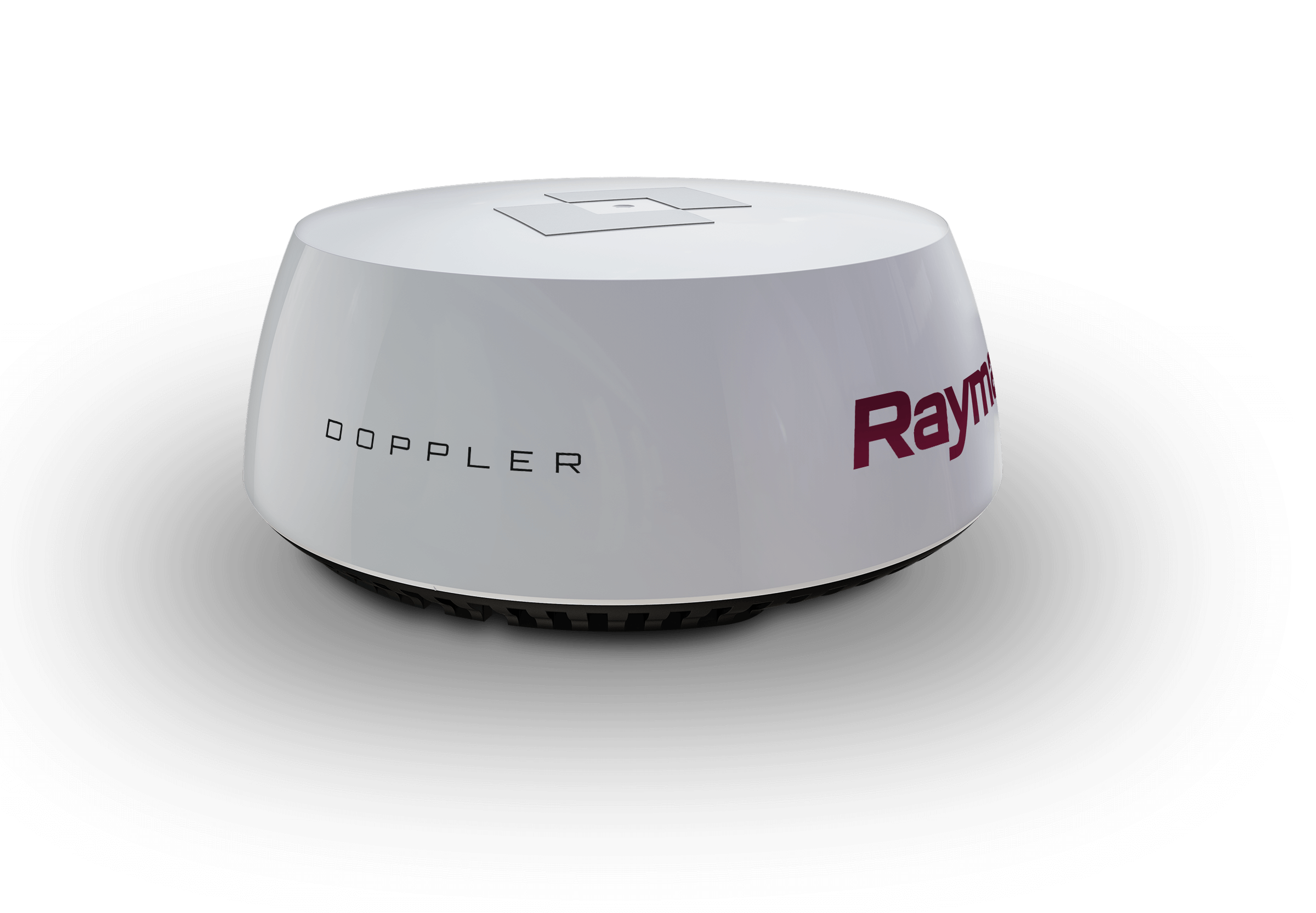 At the lower price range there is Raymarine’ s Quantum and Navico’s Broadband G3 and G4 radomes. These are suited for smaller yacht & powerboats. Navico Brand Broadband G3 is available from JN Taylor Australia in B &G, Simrad and Lowrance types being the grandfather of the current solid state product. Navico’s product techs call it an FMCW radar. It has twenty four nautical mile range.
At the lower price range there is Raymarine’ s Quantum and Navico’s Broadband G3 and G4 radomes. These are suited for smaller yacht & powerboats. Navico Brand Broadband G3 is available from JN Taylor Australia in B &G, Simrad and Lowrance types being the grandfather of the current solid state product. Navico’s product techs call it an FMCW radar. It has twenty four nautical mile range.
Raymarine’ s new Quantum radome has the same range & is compatible with their a-, c-, e-, eS- and gS-Series MFDs. The install process for these Raymarine Radomes is seamless with the option for connection wirelessly to the Wi-Fi chartplotter / LightHouse II system displays some models come with an optional wired Ethernet connection. Raymarine refer to it as a CHIRP pulse compression radar. The latest Quantum 2 has even more features using doppler technology where targets moving towards and away from you are are defined by a different colours. AMAZING.
Being compact like the G3 dome, Navico’s Broadband G4, offers a bigger range to 36 miles, allowing the captain to view 2 different ranges simultaneously using a beam sharpening method to advance the level of object separation.
Pulse radar how does it work?
To get an idea of what’s the new radar technology we will have a brief overview of the traditional radar of the past vs today. These old units use a device called a magnetron which is a vacuum tube that releases an particularly fleeting, powerful pulse of microwave radiation. At minimum four thousand WATTS, its a cheap system but dates back yonks.
A magnetron is perfect for a microwave oven- but fairly wasteful used in the radar, the energy waves spill across the frequency spectrum in an unstable pulse action. Therefore allows too much background noise to cover the faint signals from return echoes, the clarity of the image is compromised by that technology. Contemporary pulse radars, often labelled High Def HD” or “Digital” in the product name, use HD digital processing to clarify the signal, but the glitches with old, analogy magnetron technology still continue.
Transmitting one percent of the time, the radar holds for the return echo and then exactly tracks and records how much time has lapsed before it receives the energy up from the target. Most importantly, pulse radar use time for the measurement of the distance & direction. The radar range is aimed at the time of communication to measure location.
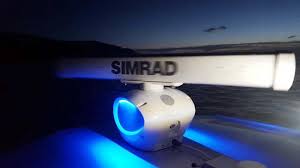
The Simrad Halo open array comes in 3', 4' & 6’ array widths, transmitting one short, lowpower pulse with 5 CHIRPs in a spurt repeating at 500-2000Hz. It puts together these ranges taken by these 6 “halo” like rings. The pulse transmission highlights inner range of 300' to 1/4 mile. As the CHIRPs rise in length, they infiltrate farther, but have a bigger dead zone inside the smallest range, so each CHIRP covers the dead zone of the next longer CHIRP essentially overlapping.
Halo utilises beam sharpening for better-quality target separation such as the Simrad Broadband G4 radome operateing with dual ranges at the same time from 300' to 72 nms. Great capabilities in this radar system and looks super cool with the Blue LED lighting.
A brief overview of the Halo and how it works, download the Halo Product Brochure.
Garmin’s Fantom™ open array rated at a 72 nautical mile range Garmin’s Fantom radar is offered in 4' and 6' array sizes,. Fantom utilises Doppler Effect, referred to by Garmin as MotionScope Technology, finding and highlighting small, fast vessels, birds or weather pattern. Fantom radar by Garmin has both pulse compression along with pulse expansion.
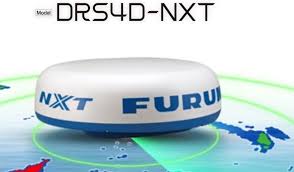
Not to mention the new Furuno DRS4D-nxt Doppler Radar - This is leading the way at the moment proving to be a popular unit well worth the money due to exclusive resboost features plus more. Being the first radar in the world to use the exclusive Furuno Target Analyser. This one re invents radar perfomance.
In conclusion- this new radar technology of 2018, compared to conventional magnetron-powered pulse radar offer huge advantaged – changing the way we navigate. Moving forward with superior marine electronic systems Shotgun Marine Technicians are well educated, and versed in this new technology in both sales and service to complete marine radar packages customised by you needs, budget and existing setup. #Cheap boat radar Boat radar package available on request. ContactTerry Shotgun Marine. We dont just sell the gear, we fit the gear, we use the gear! Qualified and Authorised marine technicians for all major marine radar brands Australia Wide. Call for best price marine radar package.

